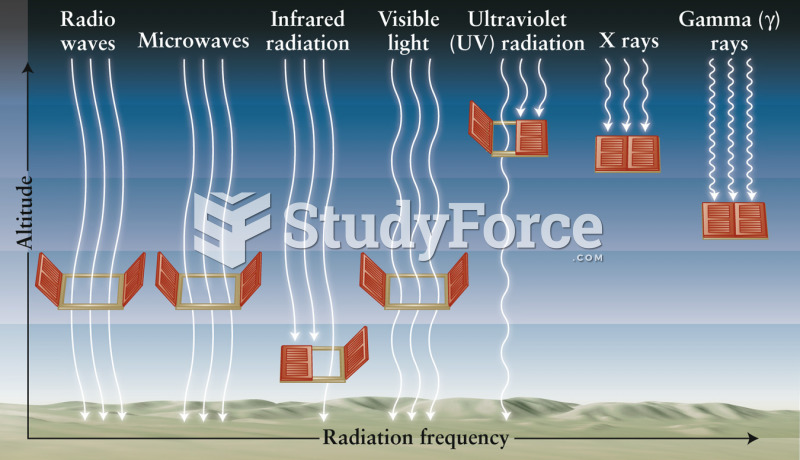|
|
|
Drug-induced pharmacodynamic effects manifested in older adults include drug-induced renal toxicity, which can be a major factor when these adults are experiencing other kidney problems.
The human body's pharmacokinetics are quite varied. Our hair holds onto drugs longer than our urine, blood, or saliva. For example, alcohol can be detected in the hair for up to 90 days after it was consumed. The same is true for marijuana, cocaine, ecstasy, heroin, methamphetamine, and nicotine.
Cyanide works by making the human body unable to use oxygen.
Signs and symptoms of a drug overdose include losing consciousness, fever or sweating, breathing problems, abnormal pulse, and changes in skin color.
Never take aspirin without food because it is likely to irritate your stomach. Never give aspirin to children under age 12. Overdoses of aspirin have the potential to cause deafness.
 Electrophoresis gel in a densitometer. SPE densitometry showing an M spike in the gamma region with ...
Electrophoresis gel in a densitometer. SPE densitometry showing an M spike in the gamma region with ...
 Apply compressions over the entire buttocks region with the fist using moderate to heavy pressure. ...
Apply compressions over the entire buttocks region with the fist using moderate to heavy pressure. ...





